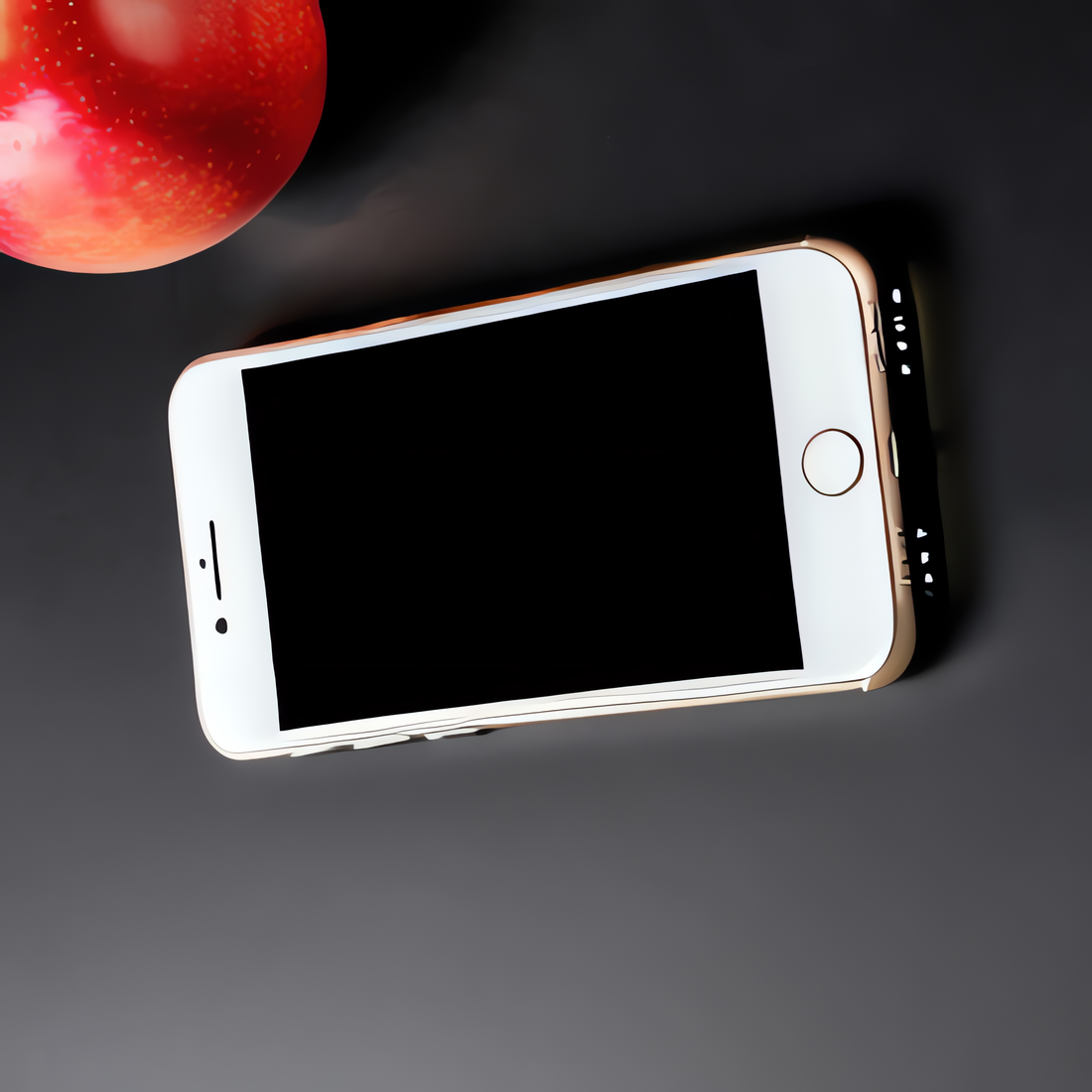The launch of the iPhone in 2007 marked a watershed moment in the history of technology, transforming not only how we communicate but also how we live, work, and interact with the world. This groundbreaking device, introduced by Apple, was the result of visionary thinking, innovative design, and relentless pursuit of perfection. Let's explore the birth of the iPhone, its development, and the profound impact it has had on our lives.
The Visionary Beginnings
The seeds for the iPhone were planted in the early 2000s. At that time, Apple had already revolutionized the tech industry with the introduction of the iPod, a portable music player that redefined how people listened to music. Building on this success, Apple's co-founder and then-CEO Steve Jobs envisioned a device that combined the functionalities of a mobile phone, a music player, and an internet communicator. This vision was ambitious, but Jobs was determined to make it a reality.
Development and Innovation
The development of the iPhone was a closely guarded secret, with Apple dedicating significant resources to its creation. The project, code-named "Project Purple," brought together a team of Apple's best engineers and designers. The challenges were immense: they needed to create a user-friendly device with a sleek design, intuitive interface, and advanced functionality that had never been seen before in a mobile phone.
One of the most revolutionary aspects of the iPhone was its touch-based interface. Traditional mobile phones relied on physical keypads or styluses, but the iPhone introduced a capacitive touchscreen that allowed users to interact directly with the device using their fingers. This innovation was made possible by the development of multi-touch technology, which could detect multiple points of contact on the screen simultaneously.
The Historic Unveiling
On January 9, 2007, Steve Jobs took the stage at the Macworld Conference & Expo in San Francisco to unveil the iPhone. His presentation is now legendary, as he introduced the world to a device that seamlessly combined a phone, an iPod, and an internet communicator. The crowd erupted in applause as Jobs demonstrated the iPhone's features, such as visual voicemail, a full web browser, and a sleek, buttonless design.
The response from the media and the public was overwhelmingly positive. The iPhone was hailed as a game-changer, a device that would set a new standard for mobile technology. Critics praised its innovative design and intuitive user interface, while consumers eagerly anticipated its release.
The Launch and Initial Impact
The iPhone officially went on sale on June 29, 2007. Lines formed outside Apple Stores as eager customers waited to get their hands on the revolutionary device. The initial model, the iPhone 2G, featured a 3.5-inch display, a 2-megapixel camera, and 4GB or 8GB of storage. It also came preloaded with a suite of applications, including Safari, Mail, and Maps.
Despite its high price point and the fact that it was only available through AT&T in the United States, the iPhone was an instant success. Apple sold over 6 million units of the first-generation iPhone, far exceeding expectations. The device quickly became a cultural phenomenon, with its sleek design and innovative features capturing the imagination of people around the world.
Transforming the Mobile Landscape
The introduction of the iPhone had a profound impact on the mobile phone industry. Competitors scrambled to develop their own smartphones with touchscreens and advanced functionalities. The iPhone's success also paved the way for the rise of the App Store, which launched in 2008. This digital marketplace allowed developers to create and distribute applications for the iPhone, further expanding its capabilities and fostering a thriving ecosystem of apps.
The App Store revolutionized software distribution and created new opportunities for developers and entrepreneurs. Apps like Facebook, Instagram, and Uber, which started as mobile applications, have since become integral parts of our daily lives. The App Store also played a crucial role in the development of mobile gaming, with games like Angry Birds and Candy Crush becoming global sensations.
The Legacy of the iPhone
Over the years, the iPhone has continued to evolve, with each new iteration introducing cutting-edge features and improvements. The introduction of the iPhone 3G brought faster internet connectivity and the ability to download apps directly to the device. The iPhone 4 introduced the Retina display, FaceTime, and a sleeker design. The iPhone 5 brought a larger screen and 4G LTE connectivity, while the iPhone 6 and 6 Plus introduced even larger displays and Apple Pay.
The iPhone's impact extends beyond technology. It has changed how we communicate, access information, and entertain ourselves. It has also influenced photography, with the iPhone's camera capabilities rivaling those of dedicated digital cameras. Social media, mobile commerce, and countless other aspects of modern life have been shaped by the innovations introduced with the iPhone.
Conclusion
The birth of the iPhone was a momentous event that forever changed the landscape of technology and society. Steve Jobs' vision of a device that combined a phone, a music player, and an internet communicator became a reality that exceeded all expectations. The iPhone's innovative design, intuitive interface, and transformative impact have made it one of the most iconic and influential products of all time. As we look back on the journey of the iPhone, it is clear that this revolutionary device has left an indelible mark on our world.






























